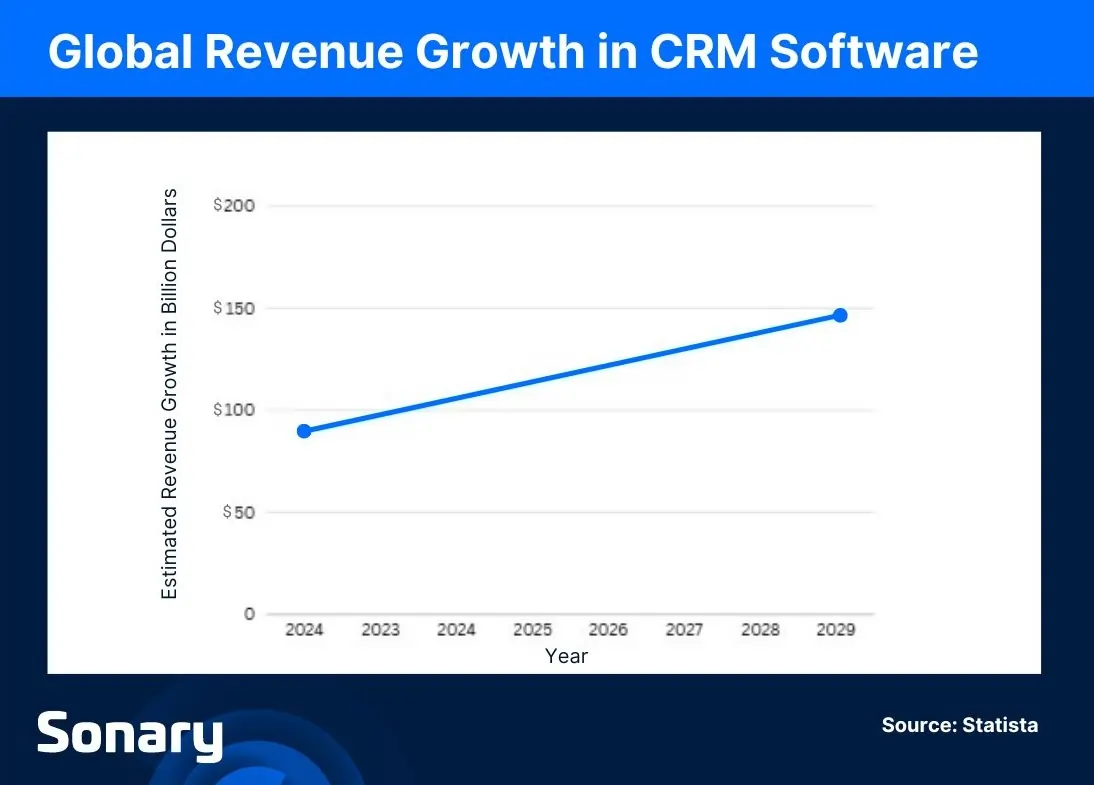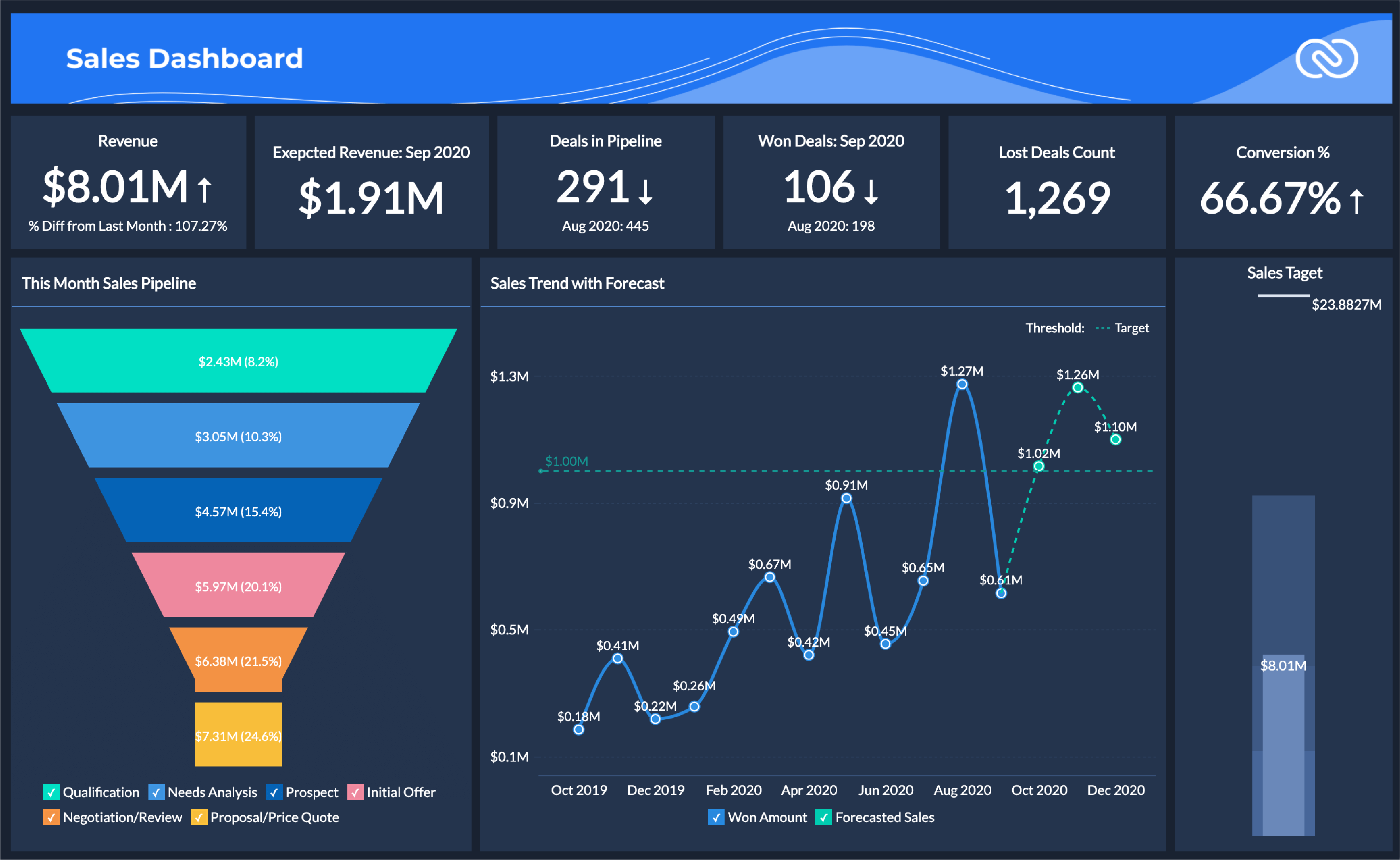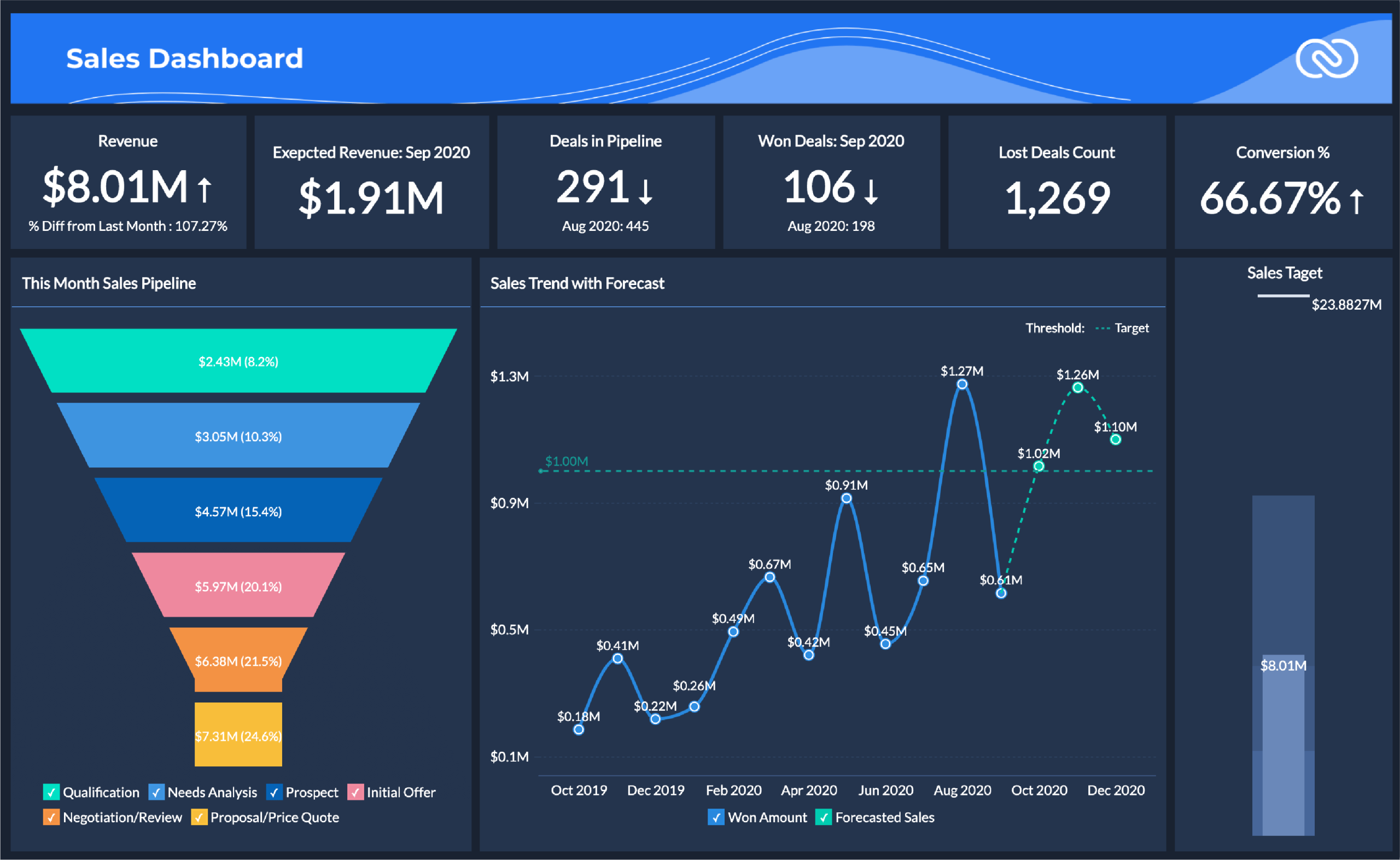crm analytics growth represents a transformative force for businesses seeking to thrive in today’s competitive landscape. As organizations increasingly look for ways to better understand their customers and streamline operations, crm analytics growth stands at the forefront, enabling smarter decisions and more targeted strategies.
This growth is fueled by the evolution of analytics technologies, from simple historical reporting to advanced predictive insights, interactive dashboards, and seamless integration with other business systems. The adoption of crm analytics is no longer optional—it’s a critical component for companies aiming to personalize experiences, maximize sales and marketing efficiency, and stay ahead of shifting market demands.
Overview of CRM Analytics Growth
CRM analytics has rapidly evolved from simple customer databases to advanced platforms that drive decision-making across modern businesses. Today, CRM analytics is pivotal in shaping strategies that focus on customer relationships, revenue optimization, and long-term loyalty. This growth reflects broader shifts in technology, data accessibility, and the need for actionable insights in a competitive marketplace.
Several factors are driving this adoption, including the explosion of big data, rising customer expectations, and the integration of artificial intelligence. Organizations are seeking to leverage every customer interaction to deliver personalized experiences and strengthen engagement, making CRM analytics an essential component in their digital toolkits.
CRM analytics refers to the use of data analysis tools and methodologies to interpret customer information collected through CRM systems. Initially, CRM was limited to data storage and tracking, but over time, analytics modules evolved to offer predictive insights, real-time reporting, and deep segmentation—fueling a surge in business value and growth.
Key Features Enabling CRM Analytics Growth
Modern CRM analytics platforms boast a suite of features that make them indispensable for businesses looking to maximize customer value. These features go beyond basic reporting, incorporating sophisticated data visualization, predictive modeling, and intelligent automation. Integration with other business systems further amplifies their impact, creating a seamless flow of information across the organization.
| Feature | Description | Example | Business Impact |
|---|---|---|---|
| Advanced Data Visualization | Transforms complex datasets into intuitive charts and dashboards. | Interactive sales pipeline charts | Faster, data-driven decision-making |
| Predictive Analytics | Uses machine learning to forecast customer behavior and outcomes. | Churn prediction models | Proactive customer retention strategies |
| Automation | Automates repetitive tasks and triggers personalized campaigns. | Automated follow-up emails | Increased marketing efficiency |
| Integration Capabilities | Seamlessly connects CRM with ERP, marketing, and support systems. | CRM-ERP data sync | Unified customer view across departments |
Integration is especially significant, as it allows CRM analytics to pull and push data from various departments, ensuring that marketing, sales, and support teams all work from the same playbook. This not only improves collaboration but also reduces data silos and inconsistencies.
Impact of CRM Analytics Growth on Business Performance
The rise of CRM analytics has led to transformative improvements in how businesses approach sales, marketing, and customer service. By unlocking a deeper understanding of customer behavior, organizations are better positioned to personalize engagement, optimize campaigns, and streamline support processes. This impact is tangible in both financial performance and operational efficiency.
Changes in Customer Segmentation and Personalization
CRM analytics enables businesses to segment customers with greater accuracy, using data-driven attributes such as purchase history, engagement levels, and behavioral patterns. Personalization at this level leads to higher customer satisfaction and better conversion rates.
- Dynamic customer segments based on real-time behaviors
- Tailored marketing messages that resonate with specific audiences
- Individualized product recommendations and loyalty offers
Measurable Outcomes of CRM Analytics
Organizations leveraging CRM analytics typically see significant improvements in key performance areas. These measurable outcomes are often used as benchmarks for success.
- Increased revenue through more effective cross-selling and upselling
- Improved customer retention rates by identifying at-risk clients
- Reduced churn through proactive engagement and timely interventions
- Enhanced marketing ROI via targeted and data-driven campaigns
Methods and Best Practices for Scaling CRM Analytics

Successfully scaling CRM analytics requires a blend of strategic planning, robust data management, and organizational alignment. Whether starting small or expanding an existing deployment, adhering to proven methods and best practices ensures sustainable growth and maximized returns.
Best Practices in Data Collection, Cleansing, and Integration
High-quality analytics depend on reliable data. Consistent data collection, thorough cleansing processes, and seamless integration with external systems are essential for actionable insights.
- Implement standardized protocols for capturing customer data across all touchpoints
- Establish automated routines for regular data cleaning and deduplication
- Utilize APIs and middleware to ensure smooth integration with other enterprise systems
Step-by-Step Procedure for Effective Scaling

To achieve successful expansion of CRM analytics capabilities, organizations should follow a structured approach.
- Assess organizational readiness and define clear objectives for CRM analytics growth.
- Audit existing data sources and establish quality benchmarks for future data collection.
- Invest in scalable infrastructure, ensuring performance and security as data volumes increase.
- Train staff and foster a data-driven culture to encourage adoption and maximize tool usage.
- Monitor progress via defined KPIs, making iterative improvements based on analytical findings.
Industry Applications and Case Studies
CRM analytics growth is not confined to a single industry—its impact is seen across sectors such as retail, finance, and healthcare. By tailoring analytics strategies to industry-specific needs, organizations unlock unique opportunities for innovation and customer value.
| Industry | Use Case | Outcome | Insights |
|---|---|---|---|
| Retail | Personalized promotions based on purchase history | 15% uplift in average basket size | Customer purchase patterns are a strong predictor of product affinity |
| Finance | Predictive credit risk modeling | Reduced loan default rates by 10% | Early risk signals identified via transaction and engagement data |
| Healthcare | Customized patient communications and follow-ups | Improved patient retention and satisfaction scores | Timely engagement increases adherence to treatment plans |
These real-world cases illustrate how CRM analytics not only addresses sector-specific challenges but also delivers measurable business value through data-driven insights and actions.
Emerging Trends Influencing CRM Analytics Growth
Rapid innovation continues to reshape CRM analytics, introducing new trends that further enhance its capabilities and reach. The integration of artificial intelligence, machine learning, and real-time analytics is at the forefront, while mobility and cloud-based solutions are making CRM analytics more accessible than ever before.
- AI-driven insights streamline lead scoring and customer support automation
- Machine learning algorithms enable hyper-personalization and predictive forecasting
- Real-time analytics provide immediate visibility into campaign performance and customer behavior
- Mobile CRM analytics empower on-the-go decision-making for distributed teams
- Cloud-based platforms lower IT barriers and support rapid scaling across geographies
These trends are setting the stage for the next wave of CRM analytics growth, ensuring organizations remain agile and competitive in a data-first landscape.
Challenges and Solutions in Achieving CRM Analytics Growth
Despite the benefits, organizations often encounter obstacles when expanding CRM analytics—ranging from data quality concerns to user adoption and integration complexity. Addressing these challenges requires a mix of traditional and modern solutions, with contemporary approaches leveraging automation, real-time data sync, and enhanced user experiences.
| Challenge | Traditional Solution | Modern Solution |
|---|---|---|
| Data Quality | Manual audits and periodic clean-up | Automated data validation and cleansing tools |
| User Adoption | One-time training sessions | Ongoing microlearning and embedded analytics guidance |
| Integration Complexity | Custom-built connectors | Open APIs and low-code/no-code integration platforms |
Adopting modern solutions allows organizations to overcome these traditional barriers more efficiently, ensuring smoother and more effective CRM analytics deployments.
Metrics and KPIs to Measure CRM Analytics Growth
Tracking the effectiveness of CRM analytics initiatives relies on a robust set of metrics and key performance indicators. By monitoring these KPIs, organizations can quantify success, identify improvement areas, and guide future investments.
- Customer Lifetime Value (CLV)
- Lead Conversion Rate
- Customer Satisfaction Score (CSAT)
- Net Promoter Score (NPS)
- Customer Retention Rate
- Sales Cycle Length
- Marketing ROI
Interpreting these metrics helps businesses understand which strategies are working, where customers are being lost, and how resources can be more effectively allocated for ongoing growth.
Visualization and Reporting for CRM Analytics Growth

Data visualization plays a crucial role in translating raw numbers into actionable insights. Dynamic dashboards and interactive reports help stakeholders at all levels stay informed and aligned, driving faster decision-making and accountability.
Common dashboard types include sales performance overviews, customer segmentation heatmaps, and marketing campaign trackers. Reporting formats are increasingly tailored for mobile and desktop users, ensuring accessibility wherever insights are needed.
- Design responsive tables with clear columns, concise headings, and sortable data
- Leverage interactive charts (bar, line, pie) for trend analysis and comparisons
- Use color coding and visual cues to highlight key performance metrics
- Ensure dashboards are customizable for different departments or executive needs
Effective visualization guidelines ensure that CRM analytics reports not only inform but also inspire action throughout the organization.
Future Outlook for CRM Analytics Growth
The future of CRM analytics is shaped by advancements in technology and evolving customer expectations. As artificial intelligence and automation become more sophisticated, CRM systems will deliver even deeper insights at greater speed and scale. Customer demands for personalization and transparency will further shape the direction of CRM analytics capabilities.
- Greater use of AI for predictive and prescriptive analytics, making recommendations more accurate and timely
- Expansion of real-time analytics for instant customer engagement feedback
- Growth of voice and conversational analytics to interpret calls and chats
- Deeper integration with IoT data for holistic customer views
- Rise of self-service analytics, empowering business users to create custom reports and queries
These anticipated developments will position CRM analytics as a central driver of business transformation and competitive advantage in the years ahead.
Epilogue
crm analytics growth continues to shape the future of customer relationship management, bringing new opportunities and efficiencies to businesses of all sizes. By adopting innovative tools and best practices, organizations can overcome challenges and leverage actionable insights for long-term success. As technology evolves and customer expectations rise, crm analytics will remain essential for any business committed to growth and excellence.
Answers to Common Questions
What types of businesses benefit most from crm analytics growth?
Any business that interacts with customers, such as retail, finance, healthcare, and services, can benefit by using data to improve customer engagement, retention, and overall performance.
How can crm analytics growth improve customer relationships?
By analyzing data on customer behavior and preferences, companies can personalize communication, anticipate needs, and deliver more relevant products and services.
Are there affordable crm analytics solutions for small businesses?
Yes, many crm analytics platforms offer scalable features and pricing to accommodate small and medium-sized businesses without large IT budgets.
What skills are needed to use crm analytics tools effectively?
Basic data literacy, understanding of business processes, and some familiarity with analytics dashboards are helpful, though most platforms are designed for ease of use.
Can crm analytics growth help with regulatory compliance?
Yes, modern crm analytics solutions often include features to help manage data privacy, documentation, and reporting required for compliance.

